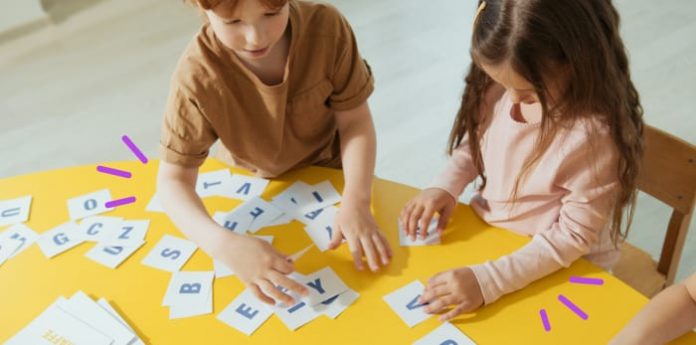A picture is indeed worth a thousand words. So why do we, as educators, continue to rely on words? For most students, a visual image is more effective than an explanation in words. We all learn differently, and visual learners are the largest group. This means that many children will benefit from using pictures and seeing images to help them understand new concepts.
Math & ELA | PreK To Grade 5
Kids see fun.
You see real learning outcomes.
Watch your kids fall in love with math & reading through our scientifically designed curriculum.
Parents, try for free Teachers, use for free
What is Visual Learning?
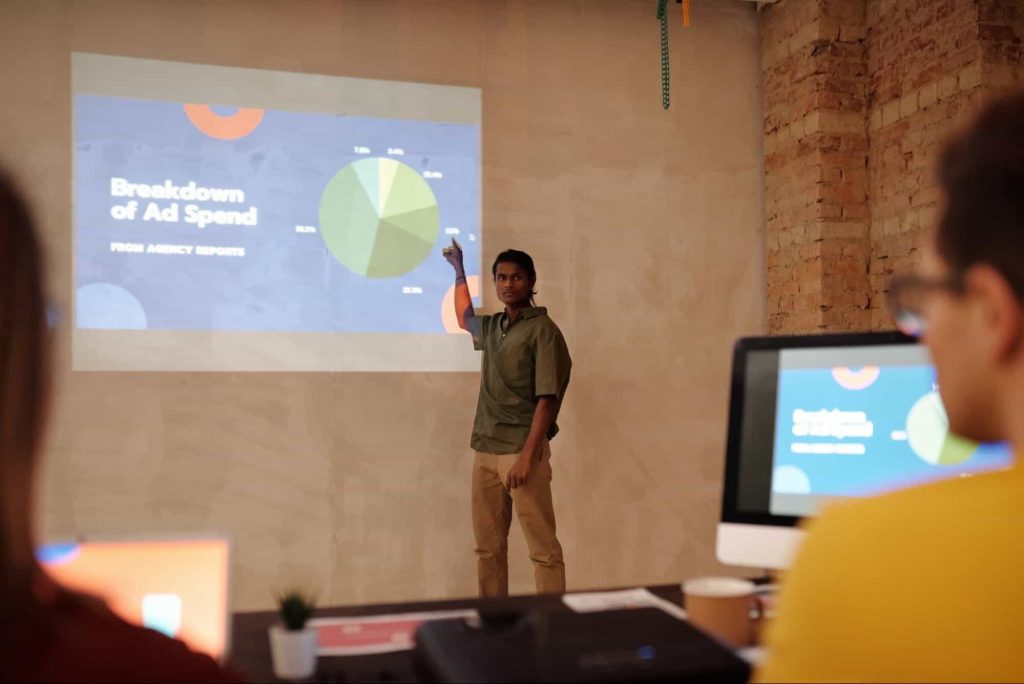
Visual learning is a method in which a learner utilizes graphs, charts, maps, and diagrams. A visual learner learns best by perceiving information. The learners learn more efficiently using images, pictures, colors, and maps to organize information and communicate with others. Visual learners can work independently and use their strengths, such as solving problems.
It is estimated that 65% of people are visual learners (Sousa, 2011). This percentage may be even higher because many students are not taught to self-assess their learning styles. Teachers and students often assume that everyone learns best through auditory instruction and verbal expression. In fact, many students learn more effectively through a blended learning approach that combines visual and auditory instruction.
Typical Traits of a Visual Learner
If you have a child who struggles with reading or has a short attention span, they may be a visual learner. Kids who have difficulty following directions are often visual learners as well. A visual learner remembers what they see. For example, if you tell your child to clean their room, they might have difficulty remembering the details of what should be done — picking up toys, putting away clothes, and so on.
A visual learner is more inclined to:
- copy down information that they want to remember
- learn best when information is presented in charts, graphs, diagrams, maps, videos, and demonstrations
- visualize information as pictures in their mind’s eye
- quickly spot patterns
- use different colors when taking notes or making lists
Characteristics of a Visual Learner
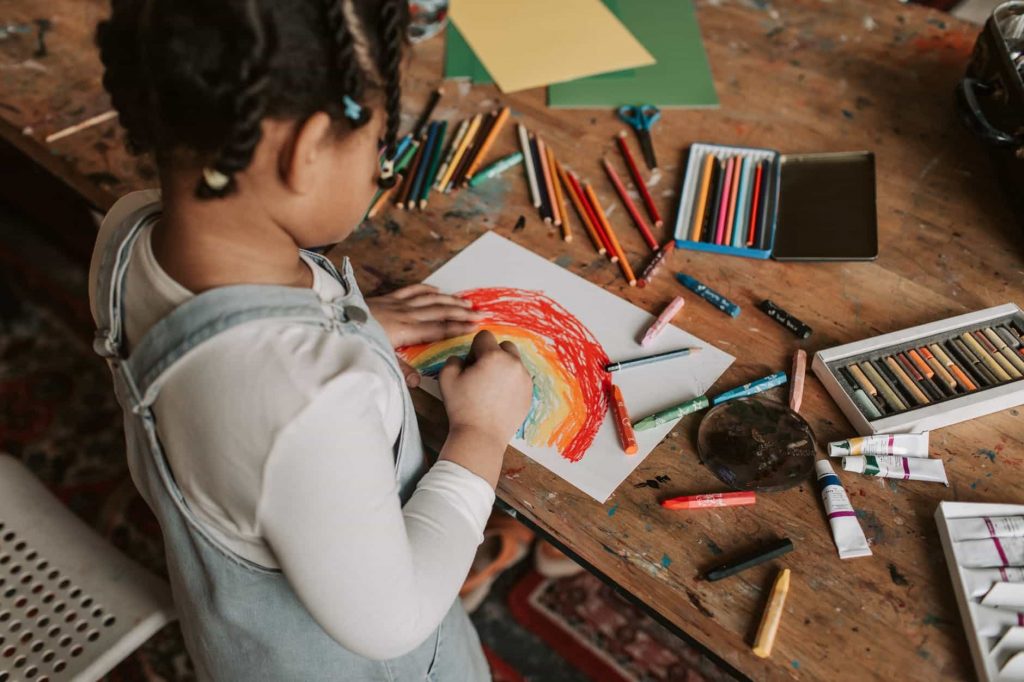
Visual learners have a dominant preference for learning visually. It is not that visual learners cannot learn otherwise, but they will best take in the information presented visually. This type of learning style has its strengths.
1. Active Participation
For many students, being able to see the information is what allows them to become active participants in the learning process. Students who struggle with auditory or tactile learning may find paying attention during lectures or group discussions challenging.
Visual learners need to see the information to process it and understand it. Visual tools like charts, graphs, diagrams, and images allow visual learners to become active participants in the classroom and learn at their own pace.
2. Learning Multiple Subjects
In most school classrooms, teachers use a variety of teaching styles to teach multiple subjects. When teachers use only one teaching method (lecture or discussion), they exclude many students who do not learn well in that environment.
Teachers should consider using visual aids as well when they teach so that all students can learn the material presented in class.
3. Enhanced Memory
Visual learning is a great way to learn because it is easy to remember new information if you associate it with something you already know or “see” in your mind’s eye. Visualizing something, such as a concept or idea, becomes easier to remember because it has a “face” that you can associate it with.
4. Good Motor Skills
Students who learn best visually may feel that they struggle to understand verbal lectures and discussions. They may have difficulty articulating their thoughts verbally, but they can better express themselves in writing or drawing pictures. They may also be very good at spelling.
The Advantages of Visual Learning
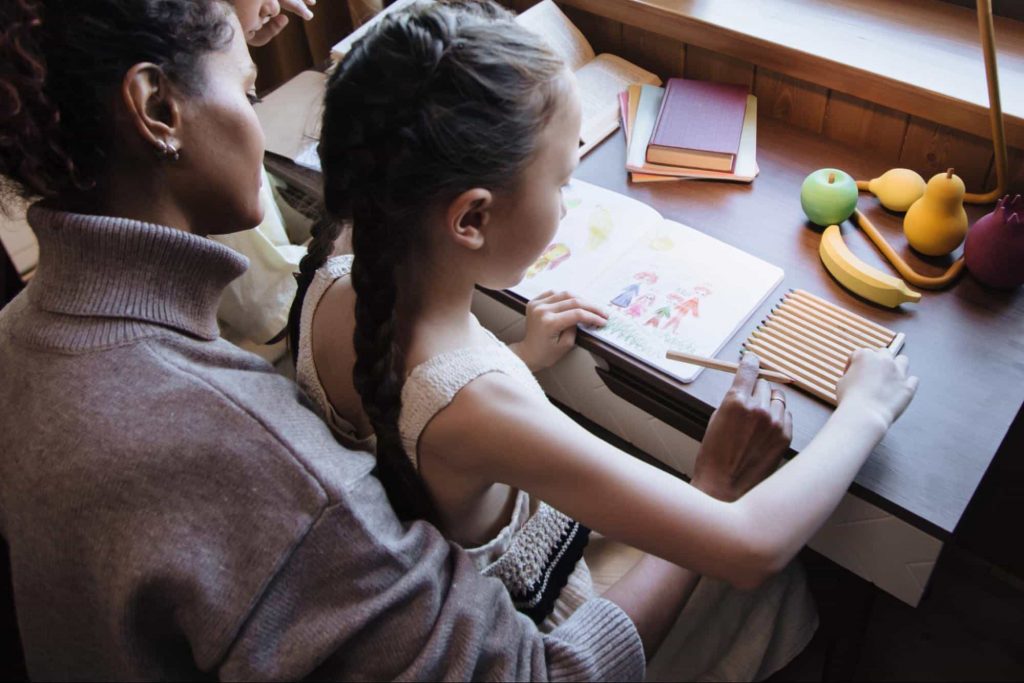
Visual Learning (VL) is one of the three main learning styles, the others being Auditory and Tactile. This learning method is most often associated with children, but it applies to adults too. In fact, many of us learn through multiple styles rather than just one.
When you see something, you can retain it for a long time, even several months or years. When you hear something, you may be able to retain it for a few days or weeks. When you practically use information, you retain it almost instantly when you do something.
The younger a child is, the faster they absorb information when they begin learning. That’s why it’s essential to engage young learners with educational resources as easily accessible as possible.
There are many different ways to use a visual learning style. It doesn’t mean that you must teach your children only through pictures. You can try some of the following methods:
- Flashcards
- Charts
- Diagrams
- Posters
- Fun worksheets
Effective Strategies for Educators to Teach Visual Learners
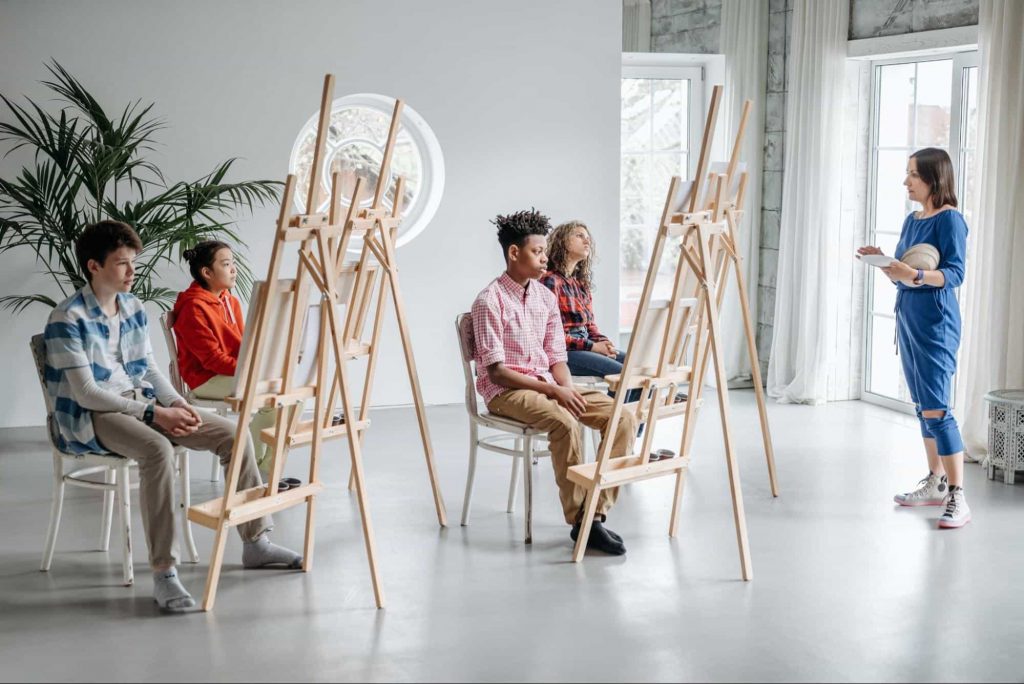
Teachers need to understand how students learn to create a learning environment that promotes compelling study and learning strategies.
It is believed that most children learn better by seeing the information rather than hearing it. However, the visual learning style works best when combined with other learning methods, such as audio and hands-on activities. The following are some strategies for teachers to use in a classroom with visual learners:
1. Wall Display
Designate an area for wall displays where students can see visual examples to help them learn and remember concepts (e.g., a chart displaying different angles).
2. Diagrams, Charts, and Graphs
Use diagrams and charts to help kids understand how things work, or events transpire. Charts give a quick snapshot of what is happening with the data, making it easier to conclude based on the data. Students can create bar, line, circle, or pie charts based on collected data and analyze them together.
Related Reading: Best Classroom Games to Help Teachers Elevate Their Efforts
3. Graphic Organizers
Teach students how to use graphic organizers like Venn Diagrams or tables to organize their thoughts visually. These tools are helpful with writing assignments because they help you visualize how ideas relate and work together in an essay or paper.
4. Color Coding
Use color-coding to emphasize important points (e.g., red for negative points, green for positive points).
5. Visual Schedule
Visual schedules provide children with a roadmap for the day. They help children understand what to expect in their daily routine and prevent anxiety from the unknown. Visual schedules can be tailored to the individual child’s needs and be as simple or elaborate as needed. Categorizing items or grouping similar items helps children understand how things are related and makes abstract concepts concrete.
Effective Strategies for Parents of Visual Learners
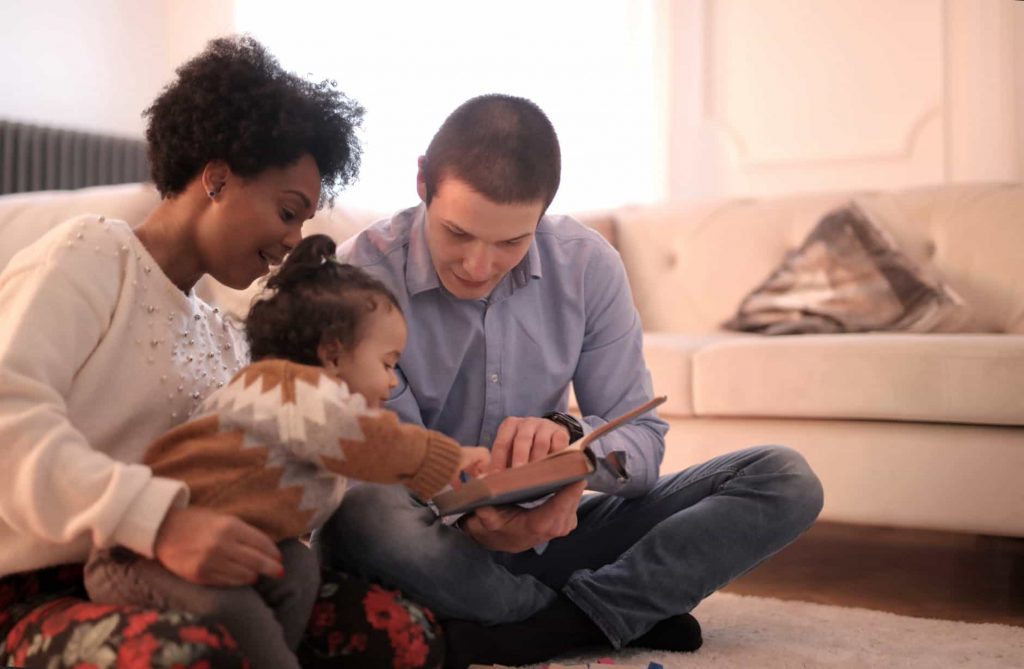
Parents are always searching for new and creative ways to teach their children. Visual learning strategies for parents come in a variety of forms. These forms can include visual aids, like pictures and graphics, and games and activities that encourage children to create their visuals. When it comes to learning a new language, using a gamification app can help kids expand their visual learning style. It can provide interactive experiences and engaging visuals, making language learning more enjoyable and immersive.
Visual learning strategies are not just for classrooms; they also work well in online education. Kids learn best when they can actively participate in the learning process, and working with visuals helps them do this. Visuals help students of all ages better grasp concepts and remember what they’ve learned.
However, the way parents use visual aids can make a critical difference. Instead of using visual aids as lecture tools, parents should work with their children to create the visual aids and then incorporate them into learning activities. By being part of the creative process, kids are more likely to remember what they learned while making the materials.
Tips for using visual learning for parents:
- Create charts, graphs, and maps for new concepts (i.e., mapping out how to make scrambled eggs).
- Use storyboards or comic strips to tell stories based on what they have learned in class.
- Present visual timelines or flowcharts so students see the sequence of events (i.e., use a timeline to show what happened during the Civil War).
- Use arrows or other visuals to show relationships between different concepts (i.e., show how temperature affects plant growth).
Useful Tips for Visual Learners
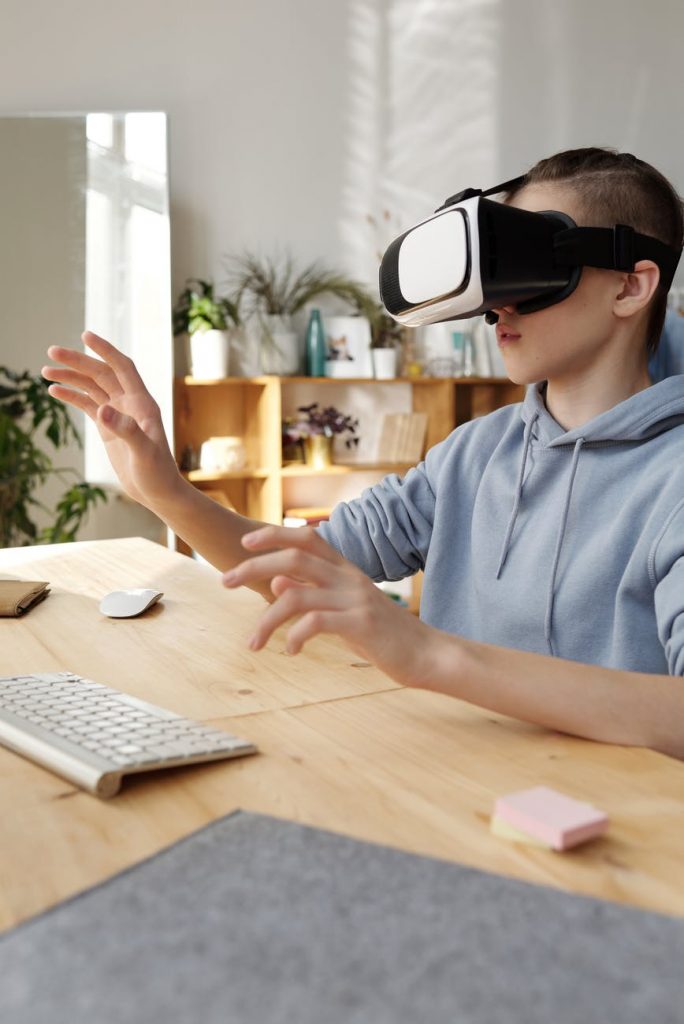
So far, we have discussed the benefits of using visual learning strategies in the classroom. Now, let’s look at some specific ways students can use it for themselves.
1. Vocabulary Journals
In her article for the “Journal of Adolescent & Adult Literacy,” Maryanne Wolf suggests that students need to be given time to record their thoughts about what they read. This will help them slow down and reflect on the material more deeply.
Students can create a dedicated vocabulary journal or notebook to write down new words, their definitions, and examples of how they are used in context. Students can also add illustrations of each term.
2. Color Coding
Take notes on a color-coded chart. For example, label one column “Main Idea” and use it for headings; label another column “Definition” and use it for terms that need explanation; label another column “Questions” and use it for ideas that need further clarification from the teacher or other sources.
3. Action Plan
Before beginning a project or assignment, draw up an action plan outlining goals, steps to take, and resources needed.
Related Reading: Ways to Get Kids Excited About Reading
4. Markers Instead of Pencils
Use markers instead of pencils when writing or drawing diagrams. You will see what they wrote better than if they used a pencil.
5. Spatial Organization
Organize information spatially. Information that’s organized spatially is put into categories based on its location. You can use this strategy to organize information in a notebook, textbook, or exam. For example, you might draw arrows from related information or mark the text with notes about where each topic appears on an exam (e.g., “The first question about photosynthesis will be here”).
6. Videos and Slideshows
Watch video clips and slideshows. You may enjoy these more than presentations on paper, as you can often doodle while listening without missing important information.
Bottom Line
Ultimately, whether you’re a visual or auditory learner or somewhere in between, you should never feel limited by your learning style. Use your strengths to improve the learning experience overall. You’ll find that there are plenty of strengths to be taken advantage of when it comes to visual learners.
The truth is that we all learn differently, which means that we all have different learning goals. If nothing else, remember that you are the only person who can set your own learning goals; as such, your end goal should always be a personal one. You may take a few steps back and forth along the way, but in the end, you’ll be able to learn efficiently and effectively (and happily!) with SplashLearn. And once you set that goal—whether it’s to ace an exam or gain a better understanding of the material for your enjoyment—all your studying will be influenced by the intent and purpose of achieving it.
Frequently Asked Questions (FAQs)
What is an example of a visual learning style?
Watching an instructional video rather than listening to an expert explain the process can be considered a visual learning example.
What are the 3 primary learning styles?
Three main cognitive learning styles are visual, auditory, and tactile.
How does one know if he is a visual learner?
As a visual learner, one is usually neat and clean. He often closes his eyes to visualize or remember something and finds something to watch if he becomes bored. He may have difficulty with spoken directions and be easily distracted by sounds.
Is everyone a visual learner?
The short answer is yes. We are all visual learners. By far, the most important part of our brains taking in new stimuli is visual.
What careers are good for visual learners?
Here’s a list of jobs for visual learners:
- Photographer
- Copy editor
- Graphic designer
- Teacher
- Painter
- Medical lab technician
- Mechanic
- Engineer

















